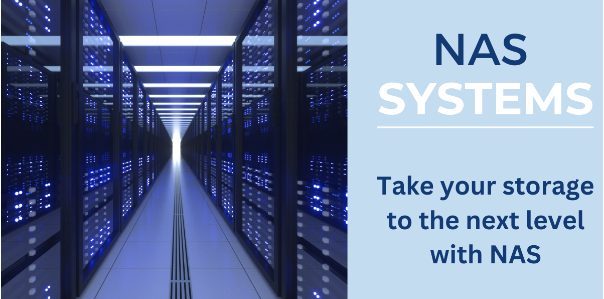Network-attached storage systems are becoming increasingly popular in the digital age due to their ability to store and share data between multiple devices. However, the process of establishing and configuring a NAS system can be daunting to the uninitiated. This guide will provide a step-by-step approach to implementation, offering valuable insights into best practices and affordable options.
Understanding NAS Systems
Before you establish a NAS system, it is important to understand the basic components that make up the system. NAS systems consist of a hard drive, network interface, and software configuration. You can purchase an off-the-shelf NAS system that has all the components pre-configured, or you can build your own custom NAS using an old PC. When considering the hard drive for the NAS, it is necessary to select a drive with enough storage capacity to accommodate all your data. You can select between two types of drives, Hard Disk Drive (HDD) or Solid State Drive (SSD). SSDs are faster but more expensive than HDDs.
Selecting the Right NAS
After understanding the components, it is necessary to select the right NAS for your establishment. When selecting a NAS, it’s important to consider features like storage capacity, number of bays, web interface, and backup options.
Configuring the NAS
After the selection of the right NAS, the next step is configuring it. Most NAS will come with a pre-installed operating system, which makes the configuration process relatively easy. The NAS software comes with a graphical user interface (GUI) that makes the configuration process. The first thing to configure on the Scale out NAS is setting up the hard drive(s) by configuring the RAID, which stands for Redundant Array of Inexpensive Disks. RAID configurations give you redundancy and reliability for your data. The next configuration step is setting up user accounts and security protocols for access control.
Setting Up the NAS
Once the NAS is configured, the next step is to set it up on your network. This involves connecting the NAS to your router or switch using an Ethernet cable. You will need to assign an IP address to the NAS and configure the network settings on the router. After the NAS is connected to the network, you can access it from any device connected to the network. Accessing the NAS can be achieved by typing in its IP address on any web browser, and you will be prompted to enter the login credentials configured during the configuration step.
Maintaining the NAS
It’s important to maintain your NAS system to ensure that it performs at an optimal level. This can be done by following the regular software updates, responding to alerts from the system, and performing regular backups and disk maintenance. Some NAS systems come with automated backup options that allow you to create regular backups of your data onto external hard drives or cloud services.
Conclusion
Establishing and configuring a NAS system can seem overwhelming, but it can be a straightforward process with the right guidance. Understanding the basic components of the NAS system, selecting the right NAS, configuring it, setting it up, and maintaining it are crucial steps in implementation. By following these steps, you can enjoy the benefits of having a NAS system that allows you to store and share data securely and efficiently. With the right approach and the right equipment, establishing and configuring a NAS system can be a convenient and affordable solution for your storage needs. To learn more about NAS Systems, contact us.
